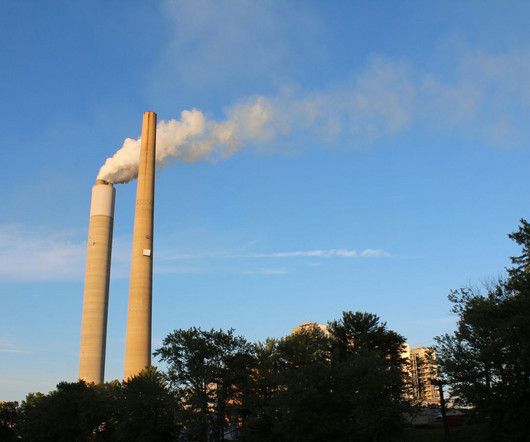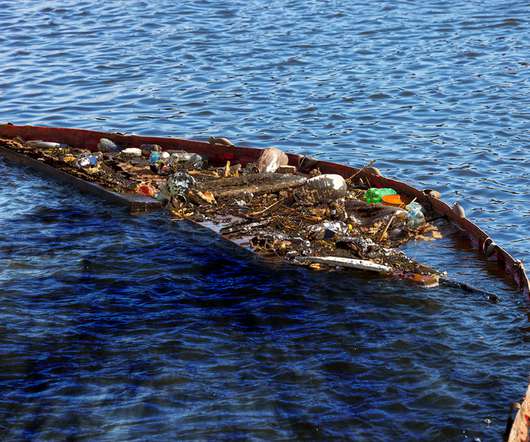Protecting Public Health Is Complicated. But Science Can Help, and the Time Is Now.
Union of Concerned Scientists
SEPTEMBER 30, 2024
However, since major US environmental laws are enacted to protect the air, water, and land separately (i.e. the Clean Air Act, the Clean Water Act, the Safe Drinking Water Act), as a result, EPA programs are often implemented narrowly, not holistically.











Let's personalize your content